An Overview of Assessment in the Mathematics Department
This poster reviews Mathematics’ assessment activities. It describes the program goals, assessment plan, and current activities; presents a …

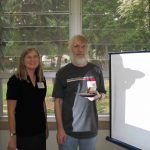
This poster reviews Mathematics’ assessment activities. It describes the program goals, assessment plan, and current activities; presents a …

The Department of Electrical Engineering has put in place an assessment process that (1) has educational objectives and …
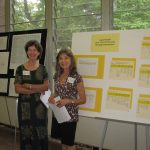
The logic model is a tool to assist faculty and program heads map their planning and assessment activities. …
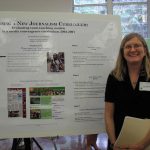
This study evaluates team teaching models of a new curriculum adopted by the University of Hawai`i’s journalism program …

Over the past several years the Department of Speech has collected data from Speech majors prior to their …

Outreach College serves as an advocate for the needs of the nontraditional, adult and distance learning students, i.e., …
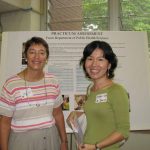
Practicum assessment utilizes an approach that helps ensure the masters of public health (MPH) students learn to take …

First-Year Programs (FYP) utilizes multiple approaches to assess student learning outcomes and program success. Institutional data are used …
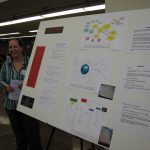
Active and interested faculty members met in a half a day workshop to develop a “curriculum concept map” …

This poster presents an in-process plan for assessing student learning outcomes (SLOs) in ELI 83, the English Language …
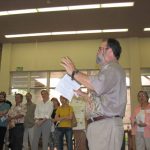
The Philosophy undergraduate program has a relatively small number of student learning outcomes and most of these refer …

The College of LLL (CLLL) formed an Evaluation Resource Team (LLL-ERT) to (a) create evaluation capacity and a …

The task of creating an assessment plan in a fine arts department that focuses largely on studio work …
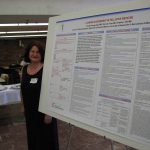
Palliative medicine is a highly complex field aimed to prevent and relieve suffering, and improve the quality of …

In the Spring of 2008, all students in Foundations in Writing (FW) courses were asked to select and …

The poster gives the Assessment Tools that we use in our department to assess our department Program Objectives and …
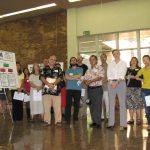
Several studies have revealed that successful mentoring affects college student retention. Also, research on attrition shows that the …
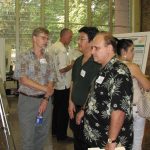
The poster describes the Department of Civil and Environmental Engineering’s process of assessing program outcomes. The steps in …
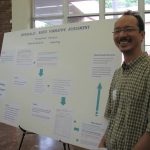
Empirical data in relation to students’ satisfaction with tutoring sessions were gathered with an open-ended survey from one …
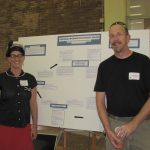
LILO (Learning Information Literacy Online) is a project of the UH Libraries Information Literacy Committee (UHLILC) for the …